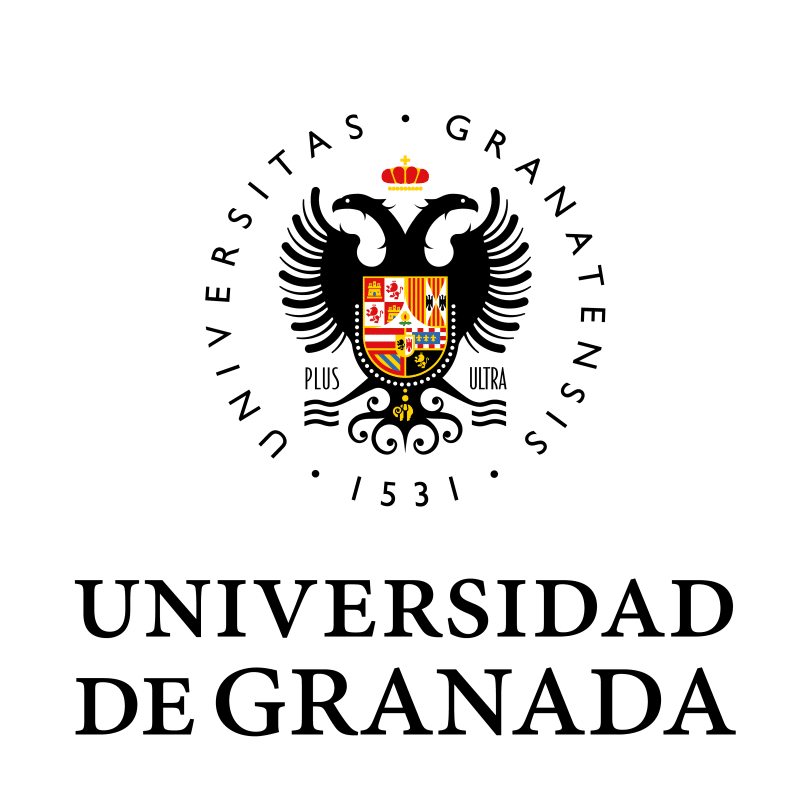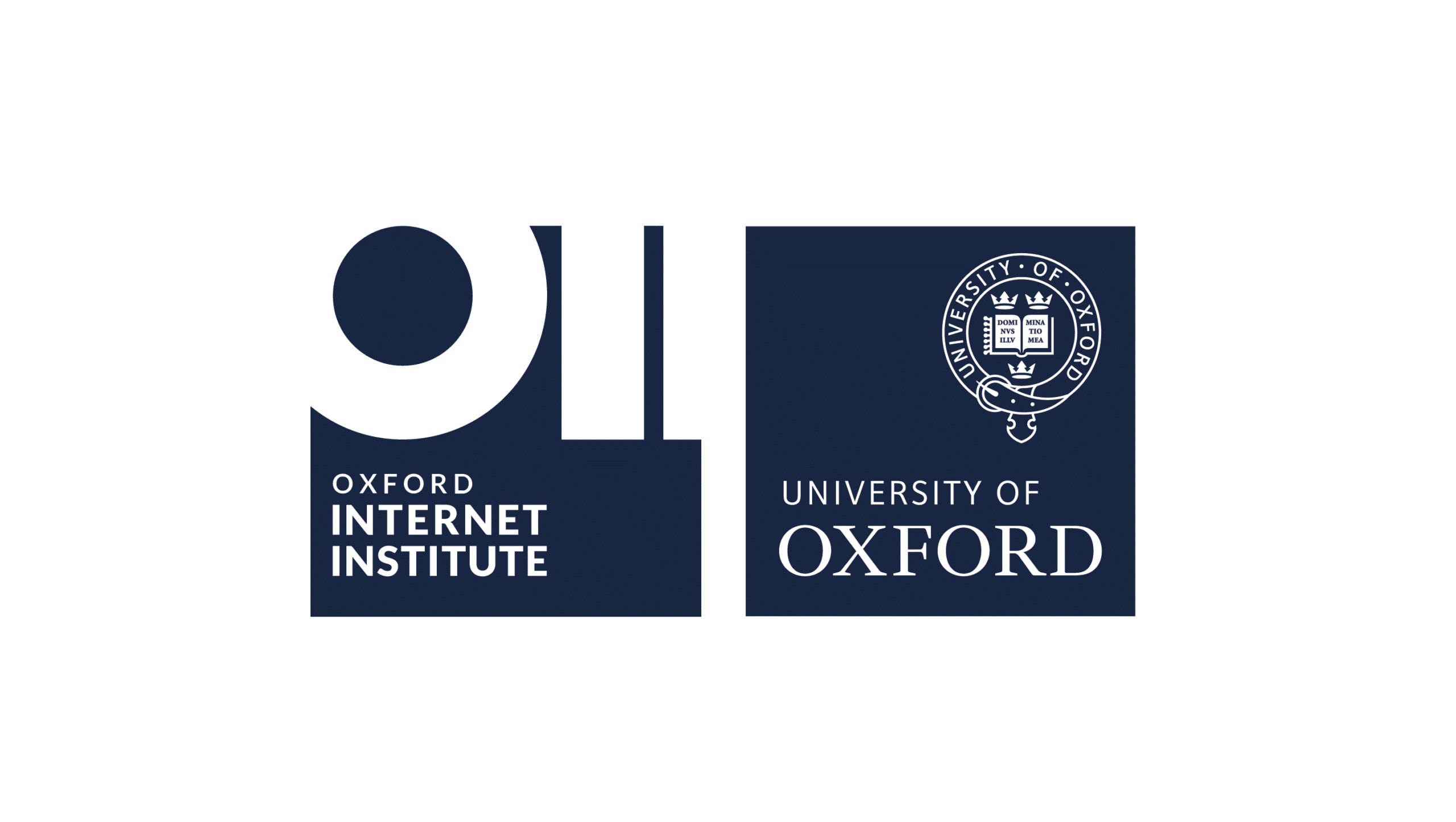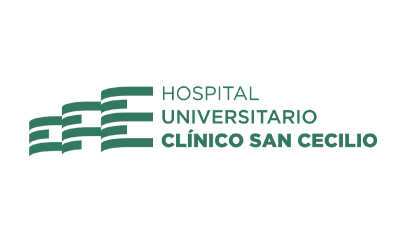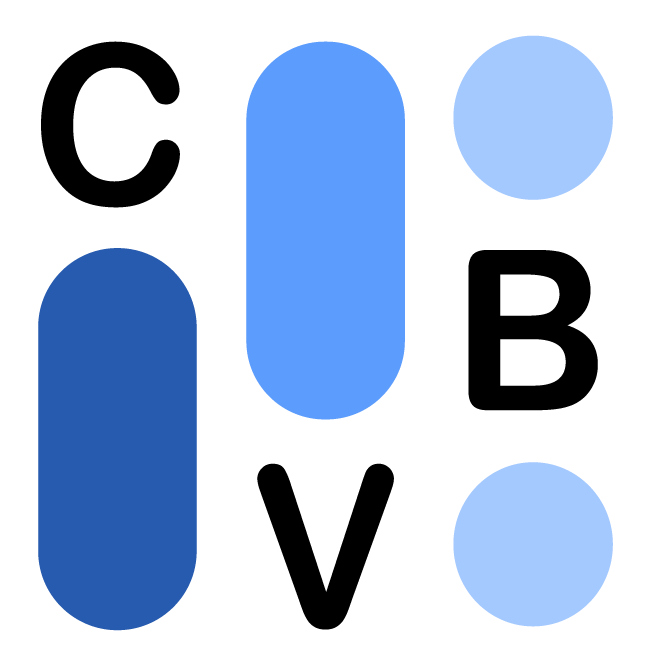ASSIST
Bridging the gap between computational pathology and clinical practice: an AI system for the diagnoSiS of prImary and Secondary skin Tumours.
The goal of the project is to bridge the translation gap between research and clinical practice by developing a comprehensive, explainable and fair CAD system that mimics the whole process carried out by pathologists. This project will jointly investigate how to efficiently pre-process and standardize WSI, how to extract their most relevant ROIs, how to use those ROIs to retrieve the most similar samples from an extensive histopathological image atlas, and how to find the best model to diagnose through crowdsourced multiple instance learning and update this model using online learning strategies. This will facilitate and speed up the recognition of cutaneous tumors with increased accuracy. It will serve as support for pathologists, both experts and with limited experience in dermatology.
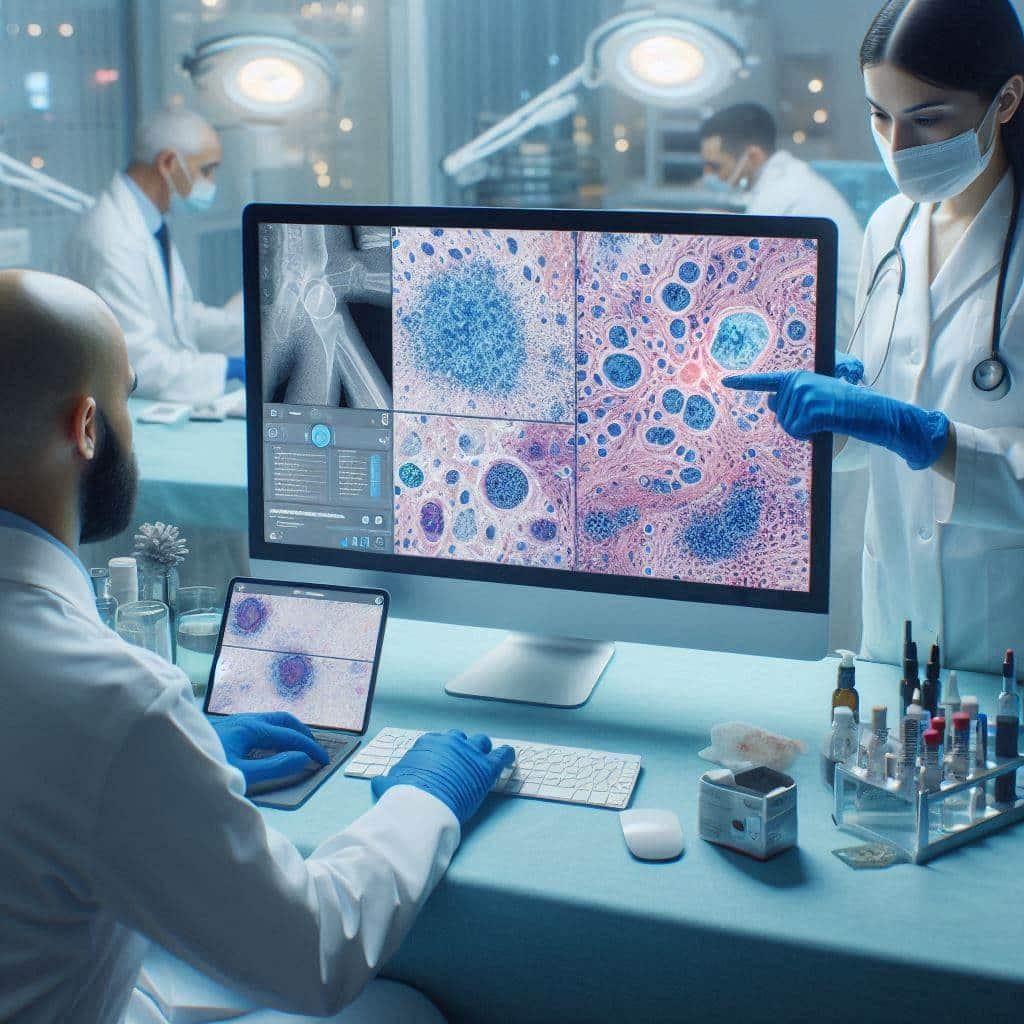
The ASSIST project is composed of two subprojects, “Content-based image retrieval for the diagnosis of primary and secondary skin tumors” and “Uncertainty-aware models for the diagnosis of primary and secondary skin tumors”.
This project constitutes a coordinated collaboration between research groups at the Polytechnic University of Valencia (UPV), the University of Granada (UGR), the Hospital Clínico Universitario of Valencia (HCUV), and the Hospital Universitario San Cecilio (HUSC) of Granada. It is also based on an over 30 year partnership with the Co-Director of the Institute for Augmented Intelligence in Medicine – Center for Computational Imaging and Signal in Medicine (IAIM) at Northwestern University (NU), Prof. A.K. Katsaggelos, and recent, but very fruitful, collaborations with: 1) the Director of the same Institute, Dr. Lee Cooper, 2) Prof. Hernández-Lobato, Professor of Machine Learning at Cambridge University (CU) and Faculty member at the Cambridge Center for AI in Medicine, and 3) Dr. Ana Valdivia, Lecturer in AI, Government & Policy at the Oxford Internet Institute (OII) of Oxford University.
The workload of Pathology departments is exponentially growing due to the increasing number of biopsies, cancer cases and screening programs. This creates an increasing demand to analyse normal or near to normal biopsies which is estimated to grow by 50% in the next five years. Thus, the high workload of specialists hampers early diagnosis, a critical factor in cancer development which can reduce life expectancy of patients.
AI solutions, as the ones developed in ASSIST, will become a relevant tool in healthcare, industry and research sectors to improve pathologist productivity by increasing diagnostic accuracy and reducing turnaround times. In this context, ASSIST will produce a huge social and economic impact. At local level, the hospitals collaborating in the proposal will benefit from an AI solution that will help to provide accurate and faster diagnosis and therefore contribute to the reduction of pathologists’ workload. This will also result in a shorter turnaround time allowing patients to receive the most appropriate treatment at an earlier stage of their disease, leading to a higher probability of recovering and a reduction in the economic cost of treatment. This will have a positive impact on the cost-effectiveness of public expenses.


Socios


